
When you’re first starting with vinyl, you are likely to make a few mistakes.
Well, at least, I did. Luckily not all of them, but a few.
Starting with vinyl can be a bit tricky.
So I created a list of 13 mistakes to avoid when starting with vinyl. To help you get a better start than I did when starting out.
Here is the list:
- Buying a suitcase-style all-in-one record player
- Don’t cleaning your records
- Connecting a PHONO output to a LINE input
- Buying a vintage turntable as a newbie
- Store records in the sun or in very warm places
- Use Bluetooth instead of signal cables
- Buying a DJ style turntable for passionate music listening
- Store records horizontally
- Not balancing the tonearm
- Touching the grooves
- Use a belt drive turntable for scratching
- Plug headphones directly to the turntable
- Playing 78 RPM records with a normal stylus
Let’s look at each of the mistakes to avoid in more detail.
#1 – Buying a suitcase-style all-in-one record player
I know, I know.
Suitcase-style record players are cool, cute and charming.
Especially in a pink color right?
So this one might be a bit controversial.
Unfortunately, the problem with suitcase-style record players is that they have a tendency to destroy records, they sound like crap and they often don’t last that long.
The first problem is the tracking weight. The stylus (needle) downforce. It is often way higher than what’s recommended. And not possible to adjust. Resulting in extensive tear and wear on records as the stylus dig deeper and harder into the grooves than it is supposed to do. And destroying records is just not cool!
The second problem is the build quality. They are generally not built to last. But rather to be cute and super affordable. If you rather spend your money on a $100 turntable, it will generally last a lot longer. And a $300-$400 turntable will usually last for decades.
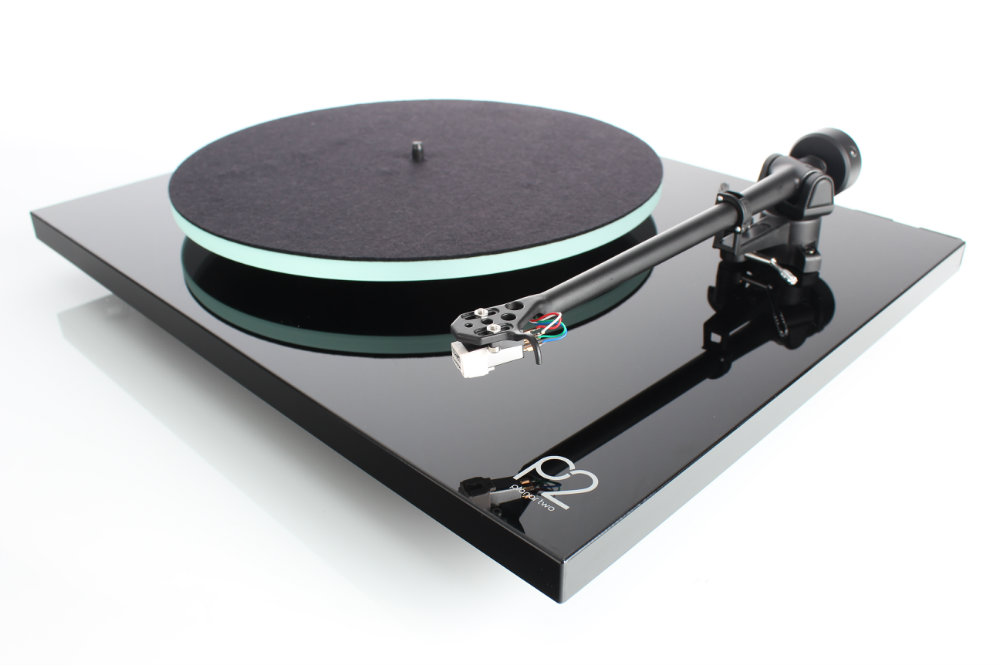
And last but not least. The sound quality. Or lack thereof. Having tiny built-in speakers, the sound quality will be highly compromised. Those small speakers have no chance to reproduce deep bass. And the sound clarity and openness will just not be there. Which is a bit of a shame because vinyl records have a huge potential to reproduce really good sounding music. That is why the HiFi enthusiasts love vinyl records so much.
If you are looking for an affordable stereo setup to play records on, a $100 beginners turntable and a pair of $100 powered speakers as a starter kit will outperform a suitcase-style records player all day long.
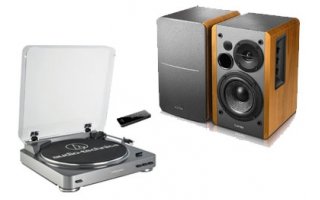
It might not look fully as cool on your shelf, but the music will sound a lot better. Your records will survive. And it will probably last a lot longer.
#2 – Don’t cleaning your records
Records need to be reasonably clean to sound good. If they are full of dust, particles, hair, and fingerprints they are prone to be noisy and to click and pop when they are played. Another factor that can cause problems is static electricity that builds up in the records.
A good habit is to dry clean the records with a carbon fibre brush every time you play them. To get rid of dust and particles. It just takes a few seconds to do.
To do this you will need a carbon fibre brush like this one.
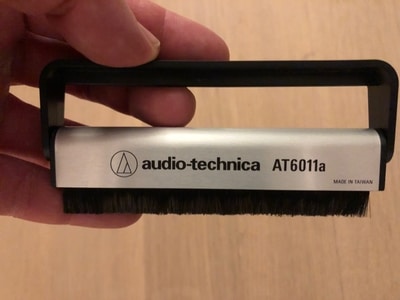
If you buy used records, it might be worth giving them a wet leaning before adding them to your collection. To get rid of fingerprints and dirt that dry cleaning will not take care of. This should also be done to the records in your collection that are visibly dirty. And records that just don’t sound good, even after dry cleaning. They might need a deeper rinse to sound good.
To do a wet cleaning you will need a disc washer brush and record cleaning fluid.
If you live in an area where the air can get really dry at times, your records can be prone to static electricity. I live in an area where the winters are really cold. And the indoor air gets really dry due to extensive use of radiators and space heaters that we need to survive the winter. And when the humidity falls below 30% everything gets static. Clothes. Furniture. Towels. And most frustrating of all, my records.
It can be true hell as static records not only sound bad due to the stored electricity itself but also becomes a magnet for dust and particles in the air that makes it even worse.
One thing that I, however, have found to work quite well to fight static is the Milty Zerostat 3 Anti-Static Device.
Or to wait for a rainy day and humidity but that is no fun.
#3 – Connecting a PHONO output to a LINE input
To make life harder for newbie vinyl collectors, turntables come with two different signal outputs.
Some turntables come with a PHONO output. My Rega Planar 2 does.
Other turntables come with a LINE output.
And some turntables come with a switch that selects between PHONO and LINE. I have this option on my second turntable, the Audio-Technica AT-LP120 USB.
The difference is that a turntable with a LINE output has a built-in preamp and a turntable with a PHONO output has not. If the turntable has a PHONO/LINE switch, it has a built-in preamp that is bypassed when the switch is set to PHONO.
A turntable with a LINE output can be connected directly to a stereo receiver or to powered speakers, and it will work perfectly.
A turntable with a PHONO output, on the other side, needs to be connected to a preamp or to a receiver with a PHONO input to work. (Or to powered speakers with a PHONO input but those are rare.)
Connecting a turntable with a PHONO output to a LINE input on a receiver or powered speakers will result in the music being so low in volume that you will barely be able to hear it. Even with the volume knob turned to max. And it will have a strange sound with absolutely no bass.
So make sure PHONO is connected to PHONO and LINE is connected to LINE.
I have an article that describes in detail why this is, you can read it here.
#4 – Buying a vintage turntable as a newbie
There are many really good turntables that were made in the 1970s and 80s that can be picked up on eBay for reasonable amounts of money. Buying used/vintage is a popular choice for many vinyl enthusiasts. Doing it right, you can get really good value for the money spent. Turntables are simple designs and not much development has happened since the 1970s. So a vintage turntable is not outdated.
There are however a few pitfalls.
If buying a vintage turntable as a newbie, you can easily end up with a turntable that needs repairs and maintenance in the near future. And if you are not technically savvy to repair it your self, there can be a significant cost associated with that. And worst case, the spare parts needed to fix the turntable you just bought, do no longer exist.
So if you are a newbie, it is probably smart to buy your first turntable new. If you have $100 dollar to spend, it will get you started. If you have a $300 to $400 budget, there are really good turntables on the marked that sound excellent, look good and will last for decades. And they come with a warranty!
#5 – Store records in the sun or in very warm places
If records are exposed to high temperatures, they can be warped as vinyl get soft at high temperatures.
So make sure that your records are not stored in a way that exposes them to direct sunlight. Or in a room that gets really warm.
Also, make sure that records are not left in the car or in the mailbox on days where the sun is strong. The air will be boiling hot inside a parked car or inside a mailbox on those days. And records don’t thrive in boiling hot air!
#6 – Use Bluetooth instead of signal cables
One of the really cool things with vinyl records is that they can reproduce a truly analog sound that has never been digitized.
Analog all the way!
There are however a few ways to ruin that.
One of them is to use Bluetooth wireless to transfer the music from the turntable to the speakers. Instead of good old analog RCA signal cables.
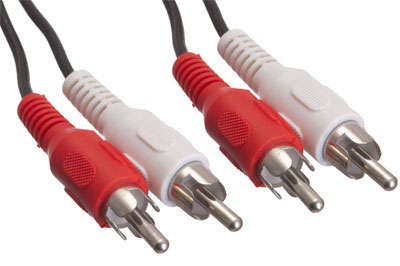
I get that it is convenient to skip the cables and broadcast the music through the air but it will compromise the sound quality. And you cannot claim that your music is analog any more.
The Bluetooth wireless protocol needs to “chop” the analog music signal into a digital stream to transfer it through the air. So it is no longer analog.
And being a protocol that was never intended to use to transfer music, Bluetooth doesn’t have the bandwidth to convert and transfer the music signal with high quality.
So for optimal sonic performance and analog fidelity, Bluetooth wireless should be kept away from your record playing stereo setup.
#7 – Buying a DJ style turntable for passionate music listening
I made this mistake.
The short version. I bought a $300 Audio-Technica AT-LP120 USB DJ style “professional” turntable to use with a $4000 high-end stereo.
And, unfortunately, the LP120 didn’t fully have the sonic performance to match that stereo. The music sounded a bit dark, lifeless and boxed in. It was not the end of the world. But noticeable.
The AT-LP120 is a great turntable for its price. But it is not totally flawless. And it’s biggest flaw is the sound quality. It is good, but not great. That is mostly due to the built-in preamp and the circuitry around it. So to make it sound really good for its price it needs to be modded. A full built-in preamp removal. But that is another story.
The AT-LP120 is a cool package that can do anything. You can scratch with it, pitch, play records backward, convert records to digital music formats, and play 78RPM records. It is ridiculously solid built. And it looks exactly like the legendary Technics 1200. And it is loved by tons of vinyl collectors all over the world.
The only problem is that I will never ever use any of those features.
The only thing I want from a turntable is that it reproduces the highest fidelity sound possible for the money spent.
No bells and whistles. Just pure sound.
So I should have done better research and put my money in a Pro-Ject Debut Carbon instead. A much simpler (and fantastic looking) turntable that is solely designed to produce the best sound quality for every dollar spent. It would be a better fit for me and my stereo setup.
So the lesson is this. Before you buy a turntable, decide if you want a DJ style turntable that has a lot of cool features. But to some degree at the expense of sound quality. Or if you want a basic turntable with no features that is designed with one intent in mind. To reproduce clear authentic high fidelity sound.
Two good choices in the $300 to $400 range are the Audio-Technica AT-LP120 USB if you want to go DJ style. Or the Pro-Ject Debut Carbon (DC) if you want to go for simplicity and pure sound quality.
#8 – Store records horizontally
Records shall be stored standing up. If records are stored horizontally they can get warped. Especially if they are stacked on top of each other in a big pile in a room where the temperature can get high.
#9 – Not balancing the tonearm
The tonearm needs to be balanced so that the stylus has the right tracking weight (downforce) and the right amount of anti-skate.
If not balanced correctly, the wear and tear in records can be significant. And the sound quality will suffer also.
The tracking weight for most cartridges is around 2 grams. But it varies a bit and it is important to check the exact number for your particular cartridge/stylus.
As having the right tracking weight is really important, it is a good idea to invest in a Stylus Force Scale to make sure you get the downforce absolutely right.
#10 – Touching the grooves
When handling records, it is important to not touch the groves. Only touch the edges and the label in the centre. You don’t want fingerprints all over your records. It will make them sound bad.
#11 – Use a belt drive turntable for scratching
If you are a wannabe DJ, make sure the turntable is a direct drive before you start working on your DJ craft.
Most regular “listening” turntables are belt drive. Which means that the motor and the platter is interconnected with a belt (rubber band).
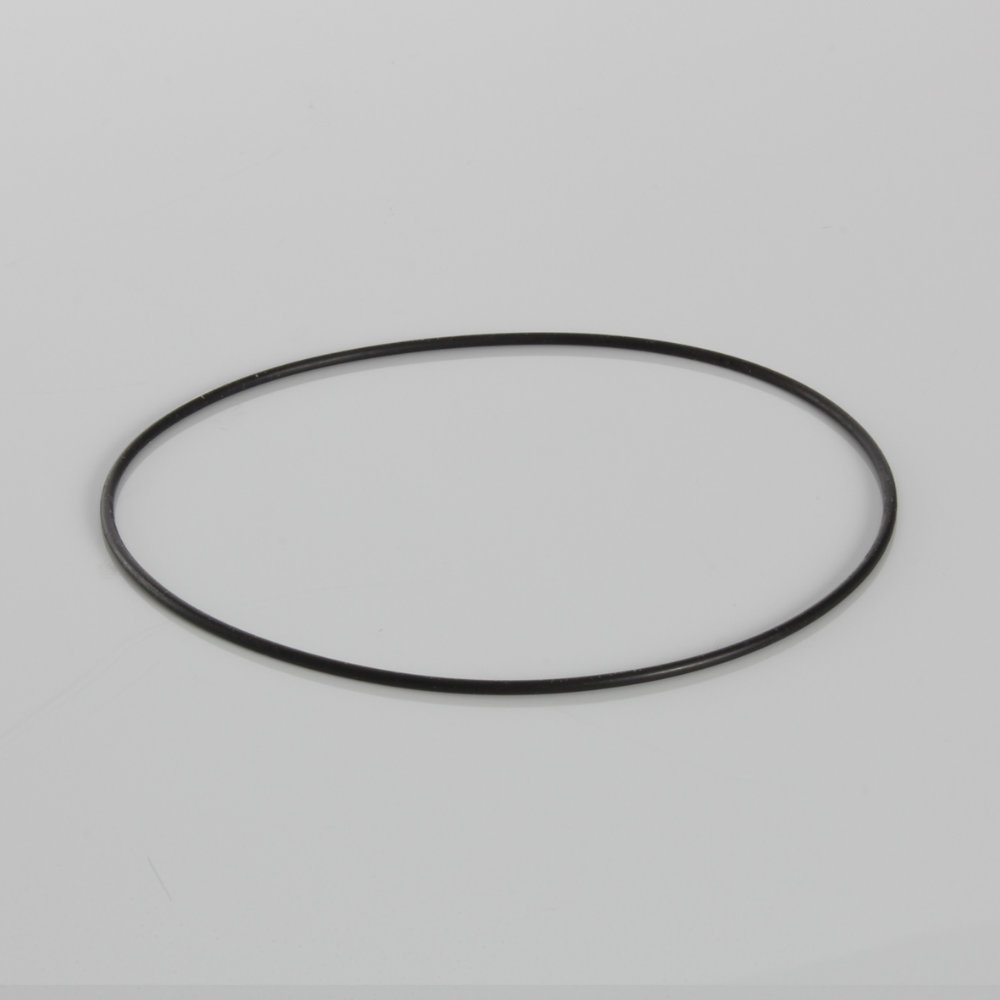
The belt is designed for low distortion/noise and not for robustness. So if you start scratching with a belt drive turntable, the belt will quickly be destroyed.
DJs always use direct drive turntables. In a direct drive turntable, the motor is integrated with the platter. So there is no belt (rubber band) that can break. Direct drive turntables also have a lot more torque which is necessary for scratching etc.
The (by far) most popular affordable direct drive turntable is the Audio-Technica AT-LP120 USB.
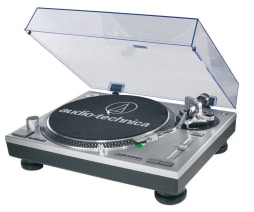
#12 – Plug headphones directly to the turntable
Plugging headphones directly to a turntable will cause a few problems.
First, there will be nowhere to adjust the volume as the output signal on a turntable has no volume control. So it will be max volume all the time.
Secondly, the output signal from the turntable is not strong enough to drive headphones correctly. If you have really small headphones that go inside your ears it might be ok. But if you use big headphones that cover the ears, they will need a stronger signal (more amplification) to sound right. Especially in the low end (bass) that is most demanding.
And thirdly, if your turntable only has a PHONO output, you will also need to put a preamp between your turntable and your headphones.
The right way to connect headphones to a turntable is to use a dedicated headphone amplifier that is designed specifically to drive headphones. Or a receiver with a dedicated headphone output.
#13 – Playing 78 RPM records with a normal stylus
Old 78 RPM records need a ticker stylus than modern 33 RPM and 45 RPM records.
The standard stylus used for 33 RPM and 45 RM records are around 1.0 mils in size. Whereas the stylus to use for playing 78 RPM records are around 3.0 mils in size. So quite a big difference.
So if you want to play old 78 RPM records, made before the 1960s or so, it is required to change the stylus to play those records.
Playing a 78 RPM record with a 33/45 RPM stylus can destroy the stylus and the music will just not sound right.